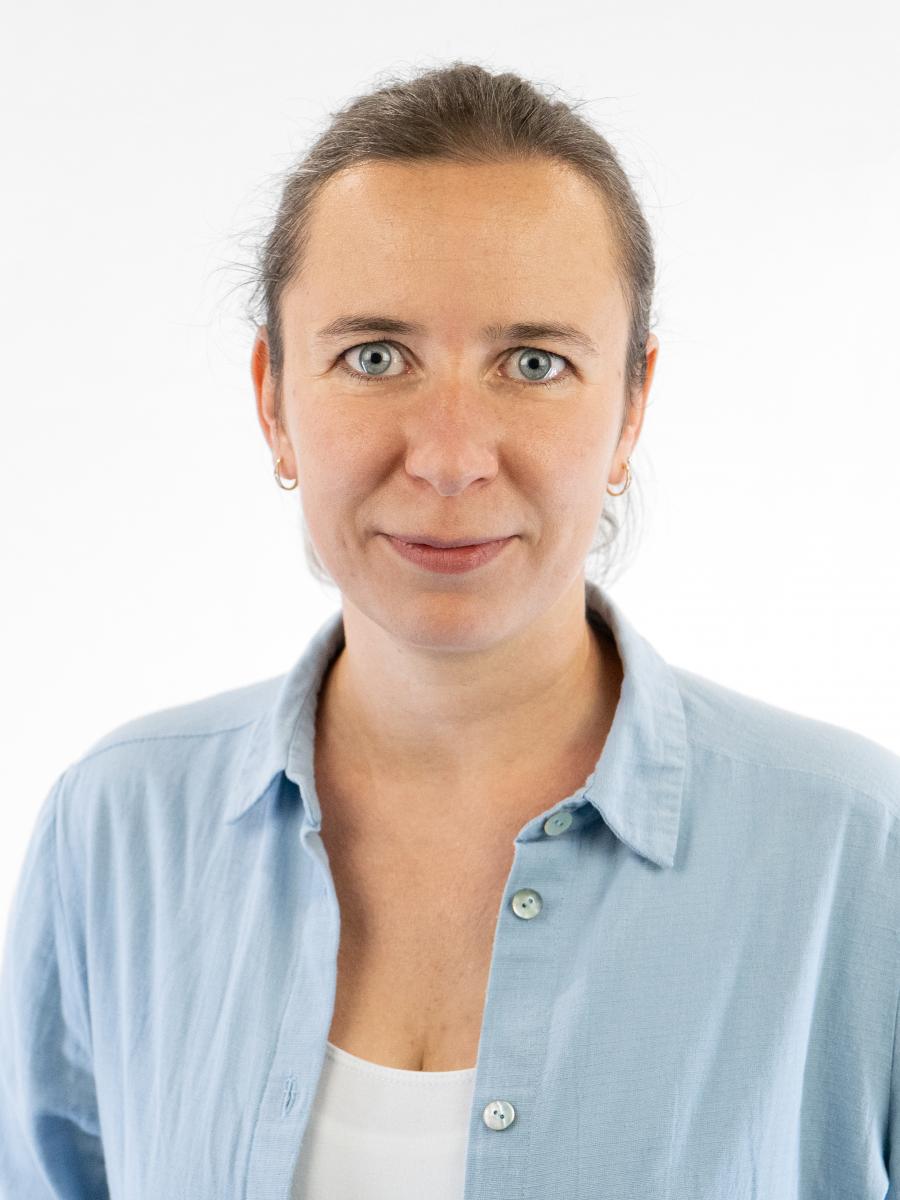- Portobet platformuna erişim sağlamak için güncel bağlantıları takip etmek son derece önemlidir. Özellikle yeni üyeler, sorunsuz kayıt ve hızlı para yatırma avantajlarından yararlanarak Portobet’in sunduğu güvenli bahis ortamının keyfini çıkarabilirler. Giriş sorunları yaşadığınızda, doğrudan resmi siteyi kullanmak hesap güvenliğiniz açısından en doğru tercihtir.
- Portobet giriş işlemlerinde en çok tercih edilen alternatif adreslerden biri olan porto-bet.net, kullanıcılarına sorunsuz erişim ve yüksek oranlı bahis imkânları sunuyor. Bahis severler, güncel Portobet giriş adresi üzerinden canlı maç izleme, özel bonus fırsatları ve kesintisiz ödeme çözümleriyle beklentilerinin ötesinde bir deneyim yaşayabilirler.
- Spor tutkunları için Portobet mobil uygulaması ile hem iOS hem de Android cihazlarınızdan, anında ve güvenli şekilde bahis oynamak mümkün. Mobil giriş sayesinde Portobet’in hızlı para çekme, güncel maç analizleri ve canlı destek avantajlarından, dilediğiniz her yerde kesintisiz yararlanabilirsiniz. Güncellenen uygulama ile erişim sorunları tamamen ortadan kalkar.
- CSV Viewer makes it easy to open, explore, and filter large CSV files directly in your browser. With its user-friendly interface and advanced data analysis tools, CSV Viewer helps you manage, visualize, and process spreadsheet data more efficiently for all your workflow needs.
- Base64 Encode offers a fast and secure way to convert any text or file to base64 format online. This tool streamlines data encoding for web projects, making data transmission, storage, and sharing more reliable, whether you’re a developer or just need a simple encoding solution.
EU-40 Materials prize

We seek to honor those whose work has already had a major impact in the field, and those young researchers whose work already leads to great expectations for future leadership.
The award is reserved to researchers showing exceptional promise as leaders in the materials science having performed the research for which this prize is awarded while working in Europe.
The award consists of a 5,000 EUR cash prize, a certificate, waiver of the meeting registration fee and an plenary talk at the 2024 Spring Meeting (Wed. afternoon May 29 in room SCHWEITZER - Ground floor) of the European Materials Research Society where the award will be presented.
Nominations should include:
- Curriculum Vitae including birth date;
- List of key publications (including citations and impact factors);
- Letters of support from two well established scientists;
- Any additional supporting information relevant to the award.
The nomination package should not exceed 10 pages (excluding the list of key publications) and should be sent by email to emrs@european-mrs.com (subject:eu40materials) before March 20th, 2024.
The nominee shall not have reached his/her 40th birthday in the year in which the nomination is submitted. Proposals will be evaluated shortly after and the candidates will be informed by mid April 2024 at the latest.
Congratulations to Maria Serdechnova, Helmholtz-Zentrum hereon GmbH - EU-40 Materials Prize recipient 2024
 |
Use of chelating agents for in situ LDH formation Maria Serdechnova, Tatsiana Shulha, Anissa C. Bouali, Helmholtz-Zentrum hereon GmbH |
|
|
For many years, the corrosion protection of Mg and Al alloys was dominated by chromate-based coating solutions. Nowadays, the use of chromates is strictly limited in industrial applications due to their high toxicity. Thus, new alternative coating approaches for aluminum and magnesium need to be developed. Application of LDH-based conversion coatings is a promising direction for corrosion protection of these active light metals. High interest to LDH-based coatings is related to the possibility of loading of corrosion inhibitors into LDH structures and the formation of self-healing layers. However, differences in reactivity of magnesium and aluminum substrates require different approaches to LDH-based surface treatments. LDH formation is a typical conversion process requiring compounds from the substrate and from the electrolyte. Thus, surface reactivity of both selected metals is an important point, which was addressed by theoretical (thermodynamic calculations) and experimental (laboratory experiments) approaches, to identify suitable chelating agents, which are able to moderate the surface reactivity, resulting in a formation of LDH-based conversion layer. Moreover, anodization and plasma electrolytic oxidation (PEO) pre-treatments, as methods modifying the surface reactivity, were considered prior LDH formation in order to create “smart” protective hybrid coatings. These hybrid coatings provide both barrier and “smart” protection to the active substrate (magnesium and aluminum alloys as well as their galvanic couple combination). However, the direct replication of treatments, leading to LDH formation on bare substrates, is not possible for pre-treated materials due to the different reactivity of the surfaces and availability of cations from the substrates. Thus, the demand for selection of suitable chelating agents becomes even more challenging. During the E-MRS presentation, a short “story” of LDH development on aluminum and magnesium substrates will be presented. The comparison of LDH formation conditions will be performed and will be followed by the discussion of roles of chelating agents during the synthesis. The reactivity of selected surfaces will be taken in focus during the talk.
Acknowledgment: research project MULTISURF and FUNCOAT, European Commission (Horizon2020, grant agreements No. 645676 and 823942, respectively); research project ACTICOAT, Bundesministerium für Bildung und Forschung (01DJ18007); Sino-DFG cooperation in frame of M-0056 project (2020-2024) and DST-DAAD cooperation N 57620028 (2022-2024). |
||
Campus de Beaulieu 35042 Rennes cedex France
+33 2 23 23 62 56Franck.Tessier@univ-rennes.fr
Via Salaria km 29.5, Monterotondo, 00015 Rome, Italy
giuseppina.padeletti@cnr.itCollege of Polymer Science and Eng, State Key Laboratory of Polymer Materials Eng - Beijing, P.R. China
guangxianli@scu.edu.cn5-10-1 Fuchinobe, Chuo-ku, Sagamihara, Kanagawa, 252-5258 Japan
yuzo@chem.aoyama.ac.jp